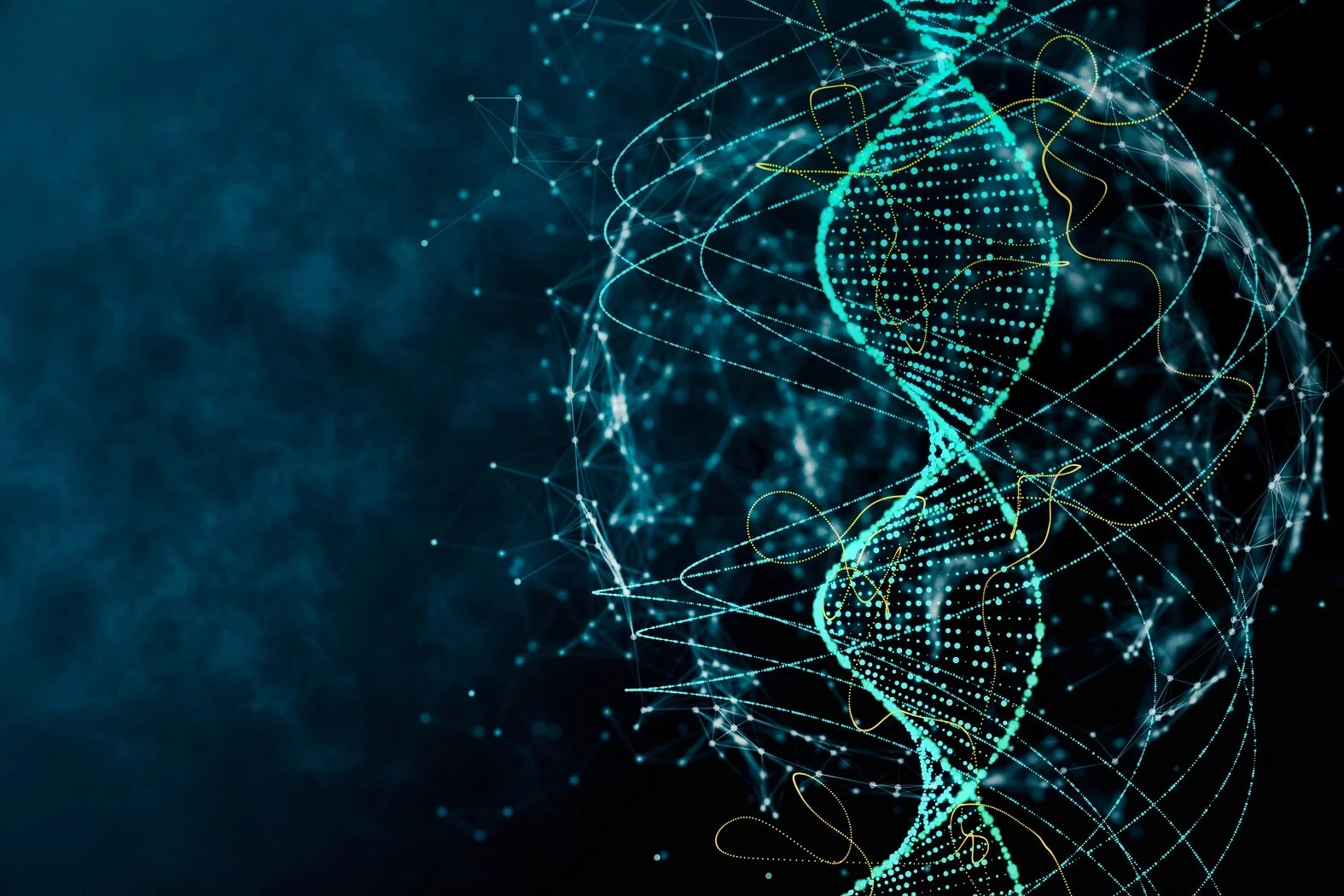Understanding the human brain is arguably the greatest challenge of modern science. The leading approach for most of the past 200 years has been to link its functions to different brain regions or even individual neurons (brain cells). But recent research increasingly suggests that we may be taking completely the wrong path if we are to ever understand the human mind.
The science of liquorice: whether you love the dark root – or hate it
Life on Earth is used to gravity – so what happens to our cells and tissues in space?
There’s one force whose effects are so deeply entrenched in our everyday lives that we probably don’t think much about it at all: gravity. Gravity is the force that causes attraction between masses. It’s why when you drop a pen, it falls to the ground. But because gravitational force is proportional to the mass of the object, only large objects like planets create tangible attractions. This is why the study of gravity traditionally focused on massive objects like planets.
Health Check: are naps good for us?
Catnap, kip, snooze, siesta; whatever you call naps, there is no doubt these once frowned-upon short sleeps are gaining acceptance. The increase in popularity is not surprising, with the Centers for Disease Control and Prevention in the US finding around a third of American adults do not get the recommended seven hours sleep each night.
How we can use light to fight bacteria
During the early part of the last century, dyes were frequently used to disinfect wounds. During the first world war, thousands of lives were saved by “flavine therapy” which used dyes such as Brilliant Green and Acriflavine. The dyes were applied to bullet or shrapnel wounds to kill the bacteria at the site of the injury – for example, bacteria which causes gas gangrene. But now these dyes are being resurrected to treat bacterial infections, but with a new twist: light.
How science can make your baby sleep better
Explainer: why do we get butterflies in our stomachs?
Chronic stress could be making you fat
Rising life expectancy and why we need to rethink the meaning of old age
Fact or fiction – is sugar addictive?
There are six styles of love. Which one best describes you?
Do vegetarians live longer? Probably, but not because they’re vegetarian
‘Seeing’ music or ‘tasting’ numbers? Here’s what we can learn from people with synaesthesia
Are you getting enough vitamin B1 to help fend off Alzheimer’s?
Does the price of your shampoo affect how clean your hair is? Here’s the science
Are shorter, more intense workouts worth the extra sweat when trying to lose weight?
Everybody knows that to lose weight you need to eat less or exercise more – or ideally do both. The evidence supporting the benefits of regular exercise and eating less is overwhelming, but for people looking to lose weight, it remains unclear whether there are extra benefits to be gained from increasing the intensity of workouts.
Why are most people right handed? The answer may be in the mouths of our ancestors
Roughly 90% of humans are right-handed and this is one of the traits that separates us from most other primates who don’t really show any overall preference for left or right handedness. It’s believed that handedness played an important role in human evolution, with a recent study on the earliest evidence of right-handedness in the fossil record shedding light on when and why this trait arose. Interestingly, the clues were found not in our ancient hands, but in our ancient teeth.
A hidden code in our DNA explains how new pieces of genes are made
We’re all here because of mutations. Random changes in genes are what creates variety in a species, and this is what allows it to adapt to new environments and eventually evolve into completely new species. But most random mutations actually disrupt the functions of our genes and so are a common source of genetic diseases.
How the brain helps the body fight bacteria
The brain may not only control our thoughts and basic physical functions. Recent studies indicate that it also controls the way our body responds to the threat of bacterial infections. It does this by boosting the production of a protective molecule called PCTR1 that helps white blood cells kill the invading bacteria.
Too many tabs – why some people can multitask online and others can’t
The internet may be the most comprehensive source of information ever created but it’s also the biggest distraction. Set out to find an answer on the web and it’s all too easy to find yourself flitting between multiple tabs, wondering how you ended up on a page so seemingly irrelevant to the topic you started on.









